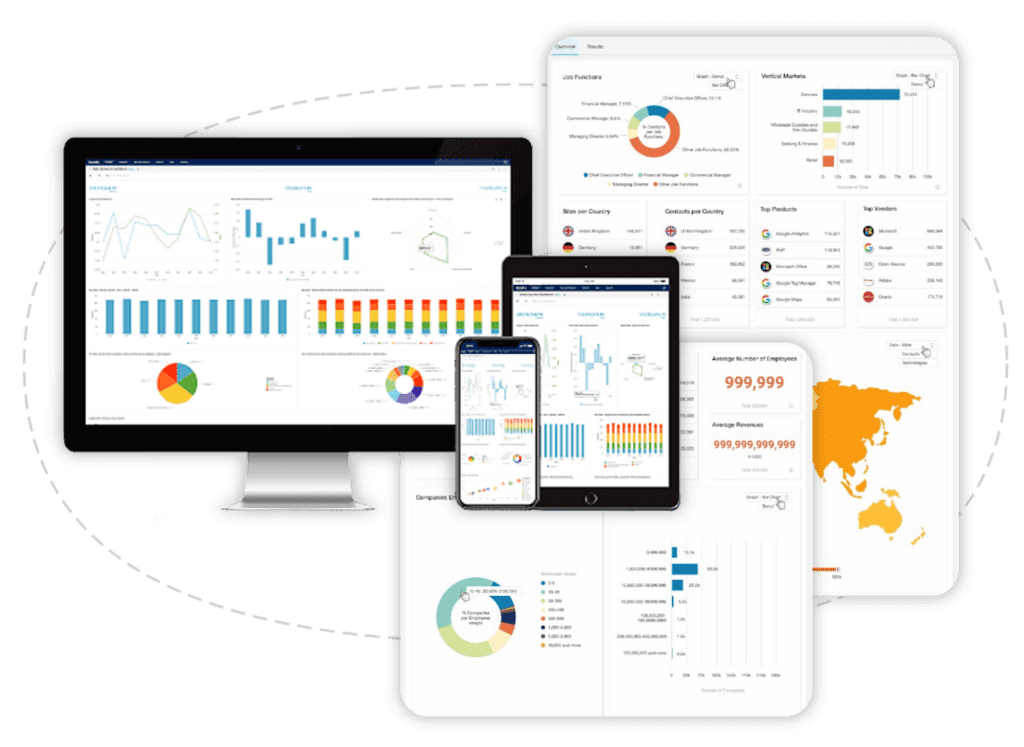In the automobile industry, sheet metal rollers are used in a variety of uses. Although there're different types of sheet metal rollers offered on the marketplace, their design and customization play a critical part in their functionality and performance you can see -.
Just how sheet metal rollers affect performance and functionality are determined by the sheet metal roller design features.
Metal sheet rollers can be made in a variety of designs, including horizontal or vertical. The overall performance as well as efficiency of sheet metal rollers are significantly influenced by the design features. As an example, the thickness of the metal which may be rolled can be determined by the level of the roller, the dimensions of the roller shaft together with the distance between the rollers.
The style on the roller is likewise determined by the material used. For rolling harder metals, like stainless steel, you will need to make use of rollers made from harder components, such as tool steel as well as tungsten carbide. However, rolling wheels made out of softer substances such as brass or perhaps aluminum are better for rolling softer metals as copper.
Options for sheet metal rollers consist of customization to meet consumer requirements.
Specific needs can be met with sheet metal rollers. The customization may include altering the design options that come with the roller or even adding specific options to enhance the functionality. Various metal thicknesses or styles may be accommodated, for example, by making custom rollers.
One typical modification will be the inclusion of flanges or beads into the rolled metal. You can include flanges and beads to join 2 metal pieces together or to make a decorative element in the metal. The customization entails using special dies and tooling to create the desired flange or perhaps bead shape.
Customizing sheet metal rollers – advantages and advantages
There are several benefits that can originate from personalizing sheet metal rollers such as :
Improved efficiency: Increased work productivity and cost savings could be realized by utilizing customized rollers to enhance the rolling process.
Better quality: With customized rollers, you can easily produce more exact and accurate shapes, while maintaining the quality of the rolled metal.
Enhanced versatility: When you are looking at metal rolling applications, custom made rollers may be utilized for a number of metal shapes & thicknesses.
What are a few of the accessories for sheet metal rollers and just how they are able to bring functionality?
For sheet metal rollers, various accessories such as dies, mandrels and rollers are available. These add – ons let you to customize the performance of your sheet metal rollers by handling a bunch of metal shapes and thicknesses.
The mandrels are cylindrical-shaped methods that are utilized to help support the metal during the moving process. They may be made to fit the shape and size of the metal that is being rolled. The mandrels will support the metal during the rolling process and stop it from deforming, leading to a far more precise and correct shape.
In the moving procedure, rollers help shape the metal. They could be customized to match up with the form and size of the metal getting rolled from the industry experts -. In order to make shapes in the alloy, such as curves, waves, and contours, rollers could be used.
Specialized instruments are used to generate shapes in the metal from the aid of dies. They may be made to complement your shape or design. For making beautiful elements in the metal, you can make use of dies to make other elements, beads, or flanges.
Conclusion
The performance as well as functionality of sheet metal rollers are significantly impacted by the layout, customization and accessories. The ability to personalize can improve efficiency, versatility and quality, while adding add – ons broaden the scope of metal rolling applications. Businesses are able to utilize the right tools, at -, to meet their sheet metal rolling needs, since they realize the importance of personalization as well as sheet metal roll design.

